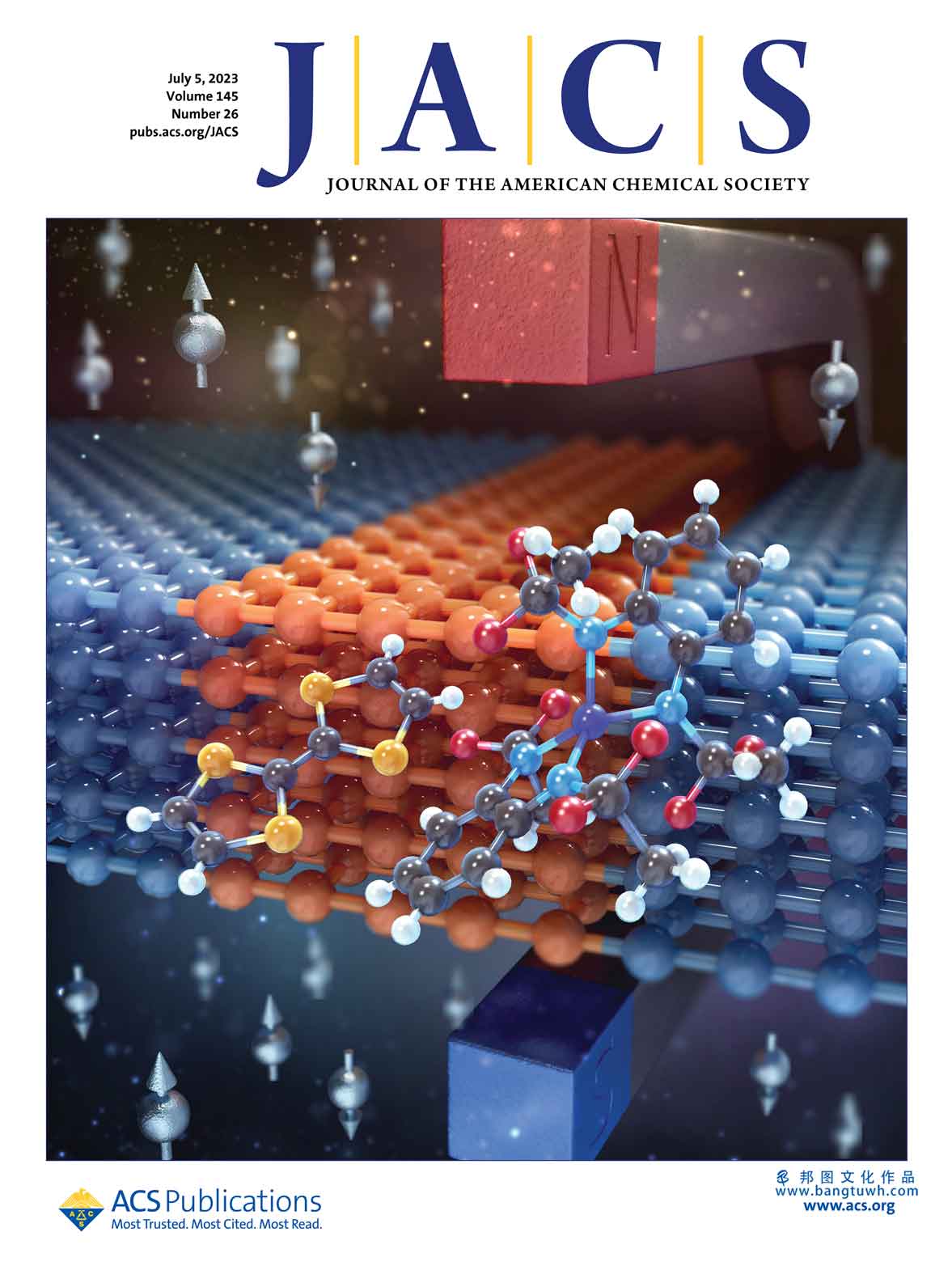科研绘图sci画图作图学术杂志封面设计toc示意图文章配图医学动画





assembling conductive or magnetic heterostructures by bulk inorganic materials is important for making functional electronic or spintronic devices, such as semiconductive p-doped and n-doped silicon for p–n junction diodes, alternating ferromagnetic and nonmagnetic conductive layers used in giant magnetoresistance (gmr). nonetheless, there have been few demonstrations of conductive or magnetic heterostructures made by discrete molecules. it is of fundamental interest to prepare and investigate heterostructures based on molecular conductors or molecular magnets, such as single-molecule magnets (smms). herein, we demonstrate the fabrication of a series of molecular heterostructures composed of (ttf)2m(pdms)2 (ttf = tetrathiafulvalene, m = co(ii), zn(ii), ni(ii), h2pdms = 1,2-bis(methanesulfonamido)benzene) multiple building blocks through a well-controlled step-by-step electrocrystallization growth process, where the co(pdms)2, ni(pdms)2, and zn(pdms)2 anionic complex is a smm, paramagnetic, and diamagnetic molecule, respectively. magnetic and smm properties of the heterostructures were characterized and compared to the parentage (ttf)2co(pdms)2 complex. this study presents the first methodology for creating molecule-based magnetic heterostructural systems by electrocrystallization.



微信扫一扫,加设计师好友
17621261539
周一至周五8:30-18:00

提升“研值”

工作人员将在1个小时内联系您。


